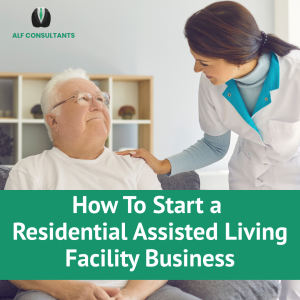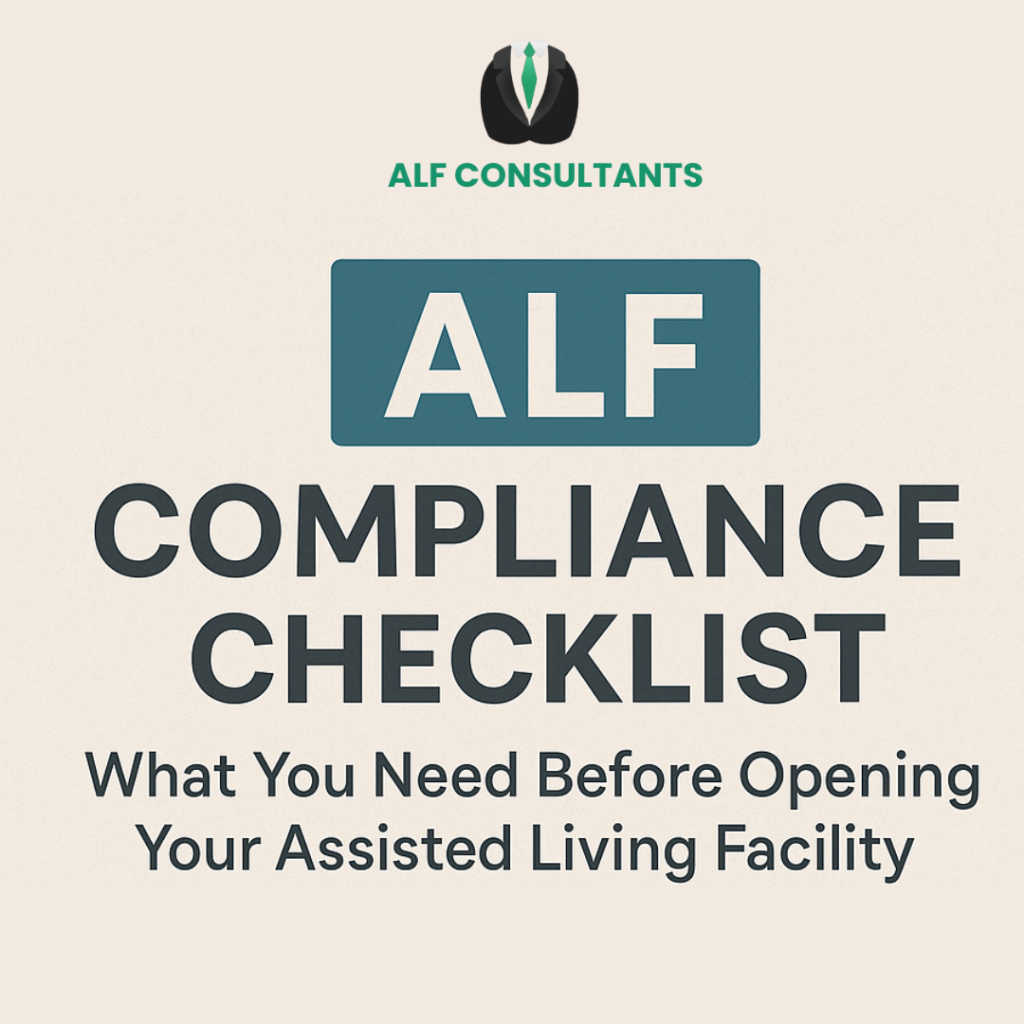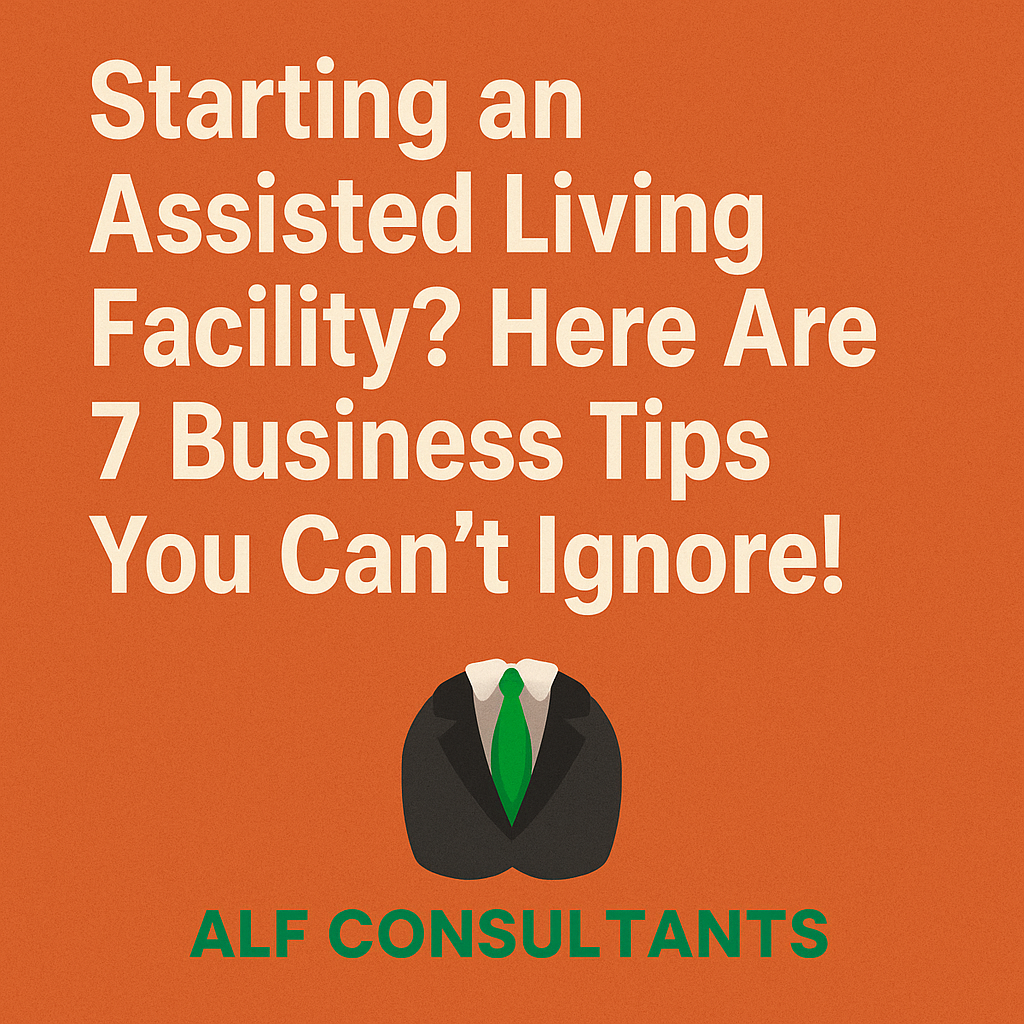
How To Start a Residential Assisted Living Facility Business
A Step-by-Step Guide for Aspiring Facility Owners
Starting a residential assisted living facility (RAL) is more than just a business venture—it’s a chance to make a meaningful difference in the lives of seniors and their families. With the growing elderly population and increased demand for personalized care in a home-like environment, now is a great time to enter the assisted living industry.
If you’re thinking about starting your own RAL facility, this guide walks you through the essential steps to get started.
Step 1: Understand the Business Model
Residential assisted living facilities provide housing, meals, and help with daily living activities (like bathing, dressing, and medication reminders) in a smaller, more intimate setting than large institutional facilities. These homes typically serve 4 to 16 residents and are located in residential neighborhoods.
Step 2: Research State Requirements
Each state has its own licensing and regulatory requirements for assisted living homes. Start by contacting your state’s Department of Health or Agency for Healthcare Administration to get details about:
-
Facility size and layout requirements
-
Staff-to-resident ratio
-
Required training and certifications
-
Background checks and inspections
-
Fire and safety codes
This step is crucial—many first-time owners make costly mistakes by skipping proper research.
Step 3: Create a Business Plan
Your business plan should cover:
-
Mission and vision of your facility
-
Target market (e.g., seniors with Alzheimer’s, veterans, etc.)
-
Services offered
-
Start-up and operating costs
-
Revenue model (private pay, Medicaid, long-term care insurance)
-
Marketing strategy
-
Staffing and training plans
Having a solid business plan not only gives you direction but also helps when seeking funding or investor support.
Step 4: Find and Prepare the Right Property
You can convert an existing residential home or build a new one that meets state regulations. Key things to look for:
-
Single-story layout or wheelchair-accessible design
-
Wide hallways and doorways
-
Space for private or semi-private rooms
-
Ample bathrooms with grab bars and non-slip floors
-
A common living and dining area
-
Outdoor space for residents
You may need zoning approval or a special use permit before converting a residential home into a care facility.
Step 5: Get Licensed
Once your property is ready, apply for your assisted living license. The process usually includes:
-
Submitting an application
-
Passing background checks
-
Completing required training
-
Scheduling an inspection
You may also need to register your business entity (LLC, corporation, etc.) and obtain business insurance.
Step 6: Hire and Train Staff
Your team will be the backbone of your facility. Hire compassionate, trained caregivers who meet your state’s qualifications. Consider the following roles:
-
Administrator
-
Caregivers or personal care aides
-
Medication technicians
-
Housekeeping and kitchen staff
Invest in ongoing staff training in areas like dementia care, medication assistance, and emergency preparedness.
Step 7: Develop Policies and Procedures
You’ll need clear policies for:
-
Resident admission and discharge
-
Medication management
-
Staff conduct and dress code
-
Emergencies and evacuations
-
Infection control
-
Complaint resolution
These policies not only keep your operations smooth but are often required during inspections and audits.
Step 8: Market Your Facility
Build awareness and attract residents through:
-
A professional website with virtual tours and testimonials
-
Local networking with hospitals, case managers, and senior organizations
-
Listings on senior care directories
-
Social media and community outreach events
-
Referral programs for families or professionals
Marketing is not a one-time effort—consistent visibility is key.
Step 9: Focus on Compliance and Quality Care
Regularly review your operations to ensure compliance with state regulations. Conduct audits, collect resident and family feedback, and stay updated with industry best practices. Prioritize resident safety, comfort, and dignity at every step.
Starting a residential assisted living facility is a big responsibility—but also an incredibly rewarding journey. With proper planning, licensing, and a heart for care, you can build a successful RAL business that makes a lasting impact in your community.
Need Help Starting Your Facility?
We offer training, licensing assistance, and consulting for new and existing assisted living facility owners.


